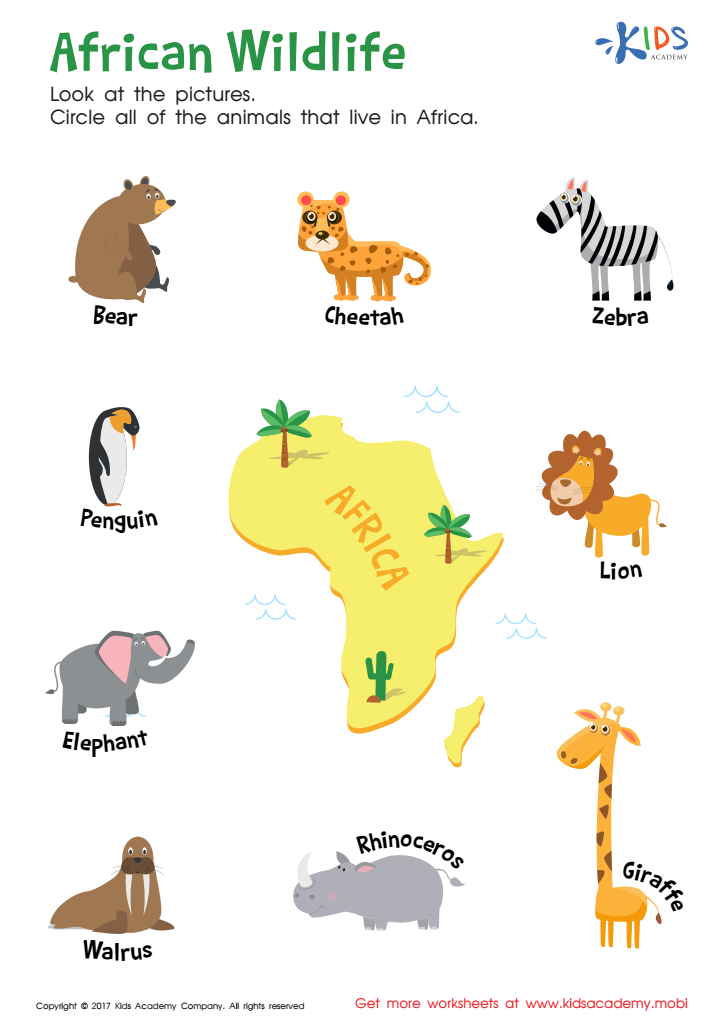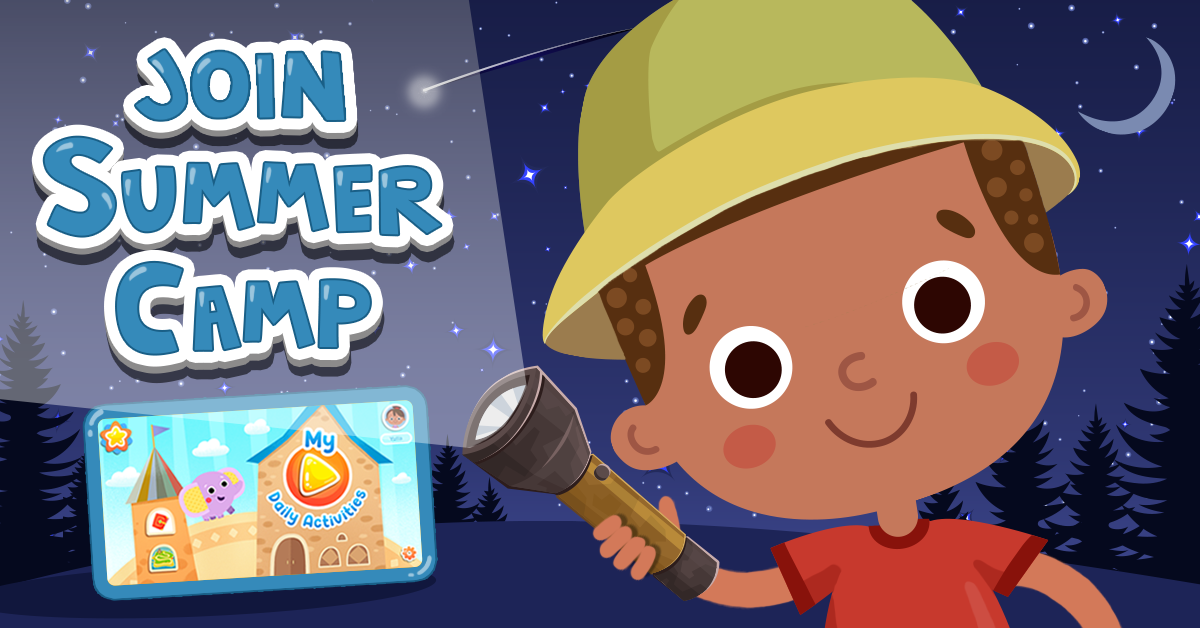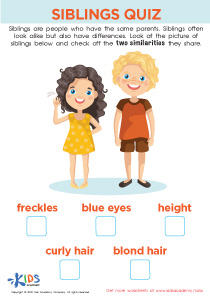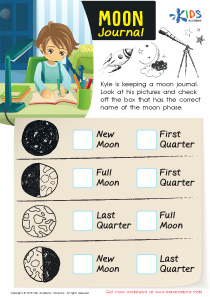Normal Difficulty First Grade Plant and Animal Worksheets - Page 2
31 filtered results
-
From - To
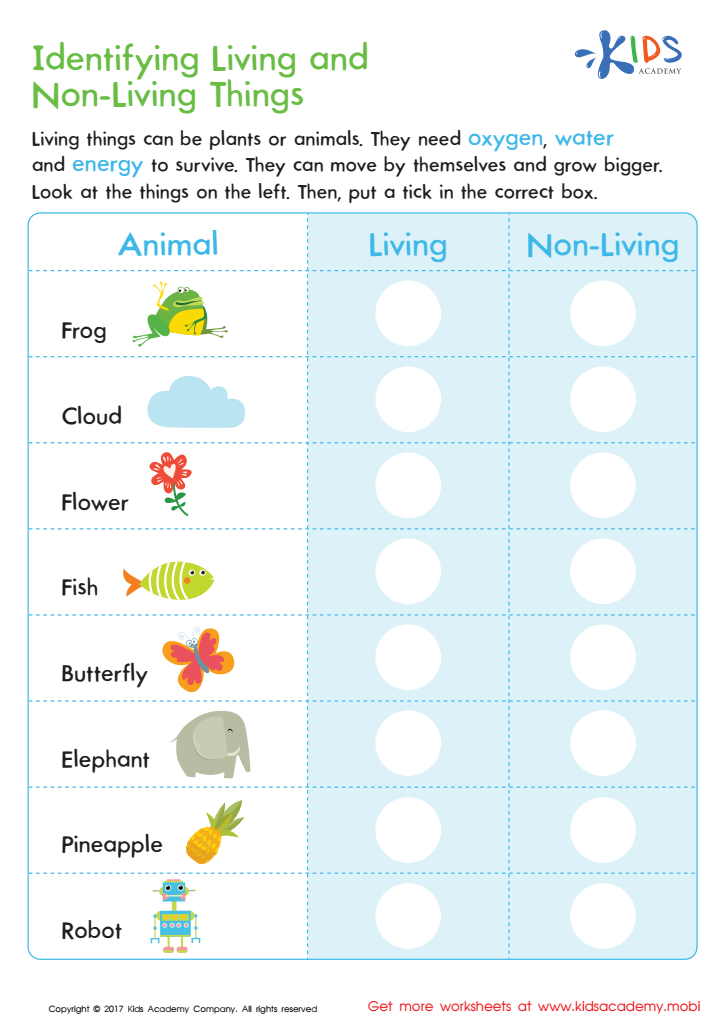

Identifying Living or Non–living Worksheet
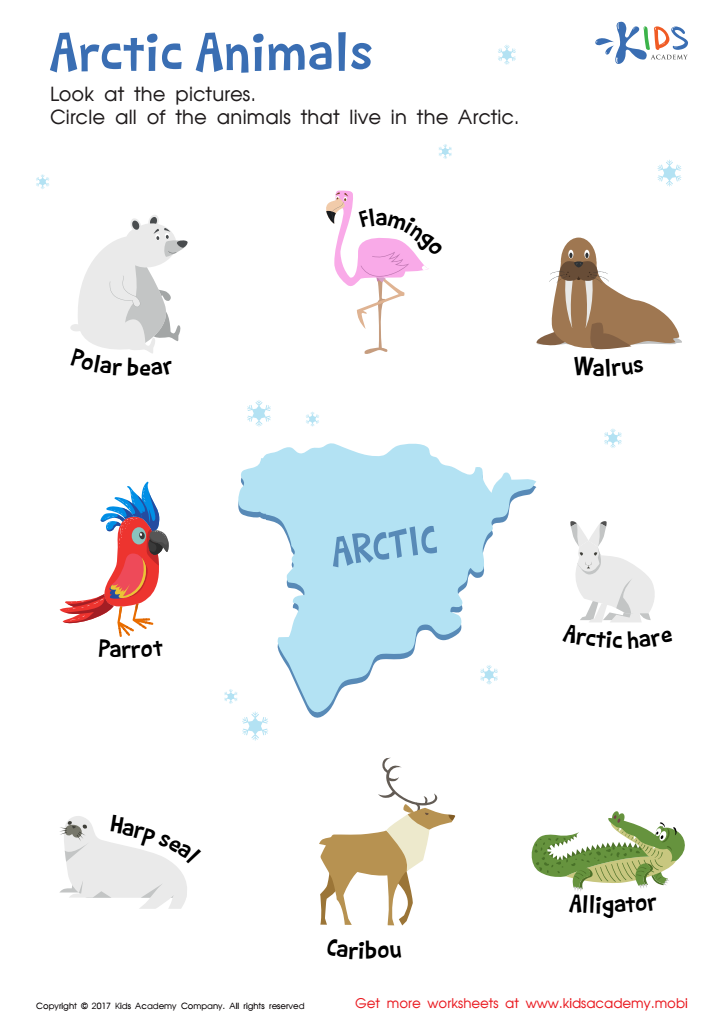

Arctic Animals Worksheet
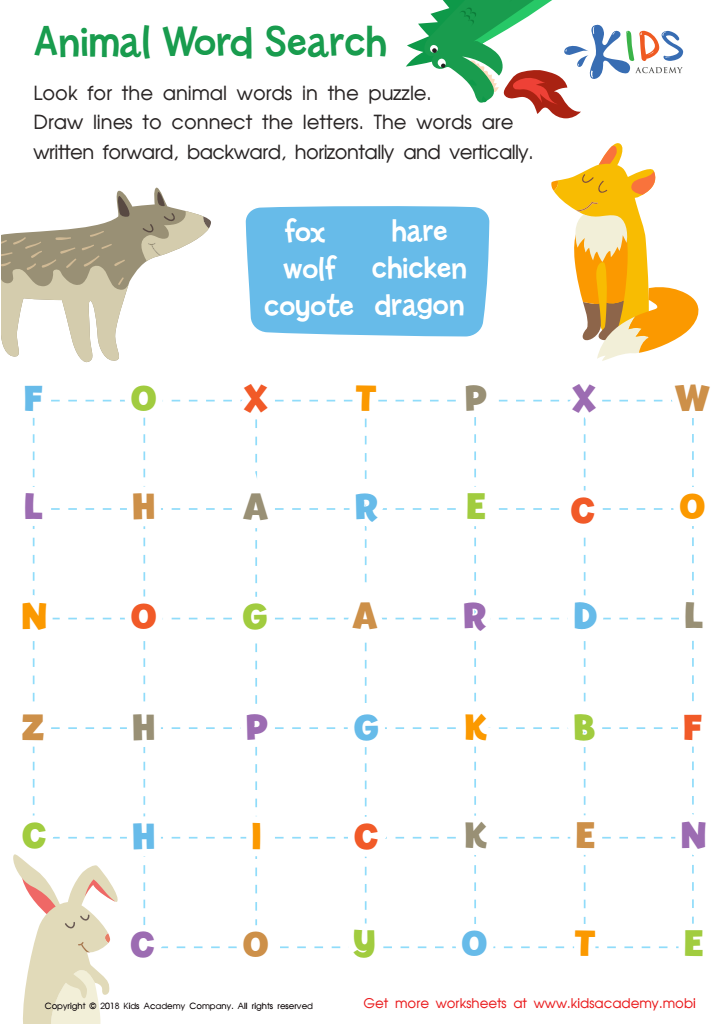

Animal Word Search Worksheet
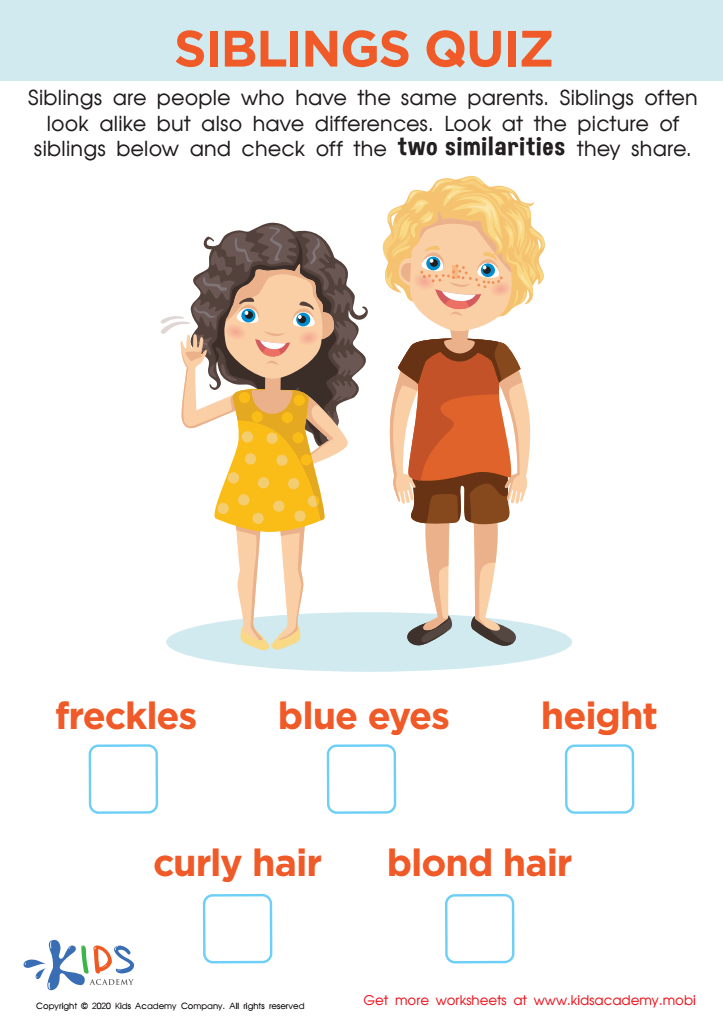

Siblings Quiz Worksheet
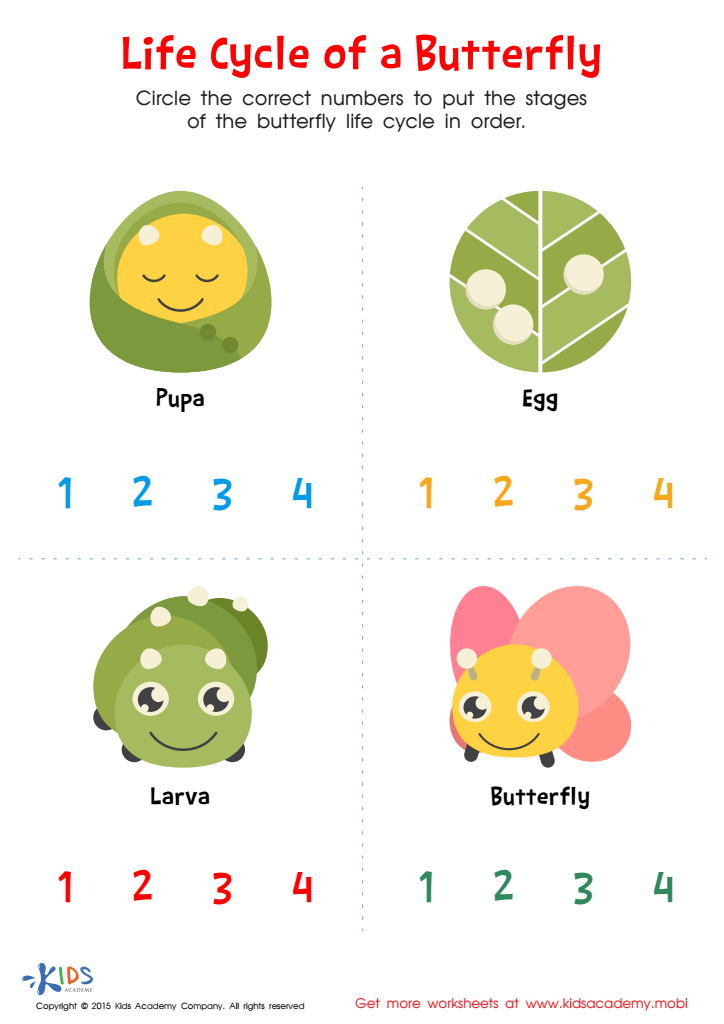

Life Cycle of Butterfly Printable
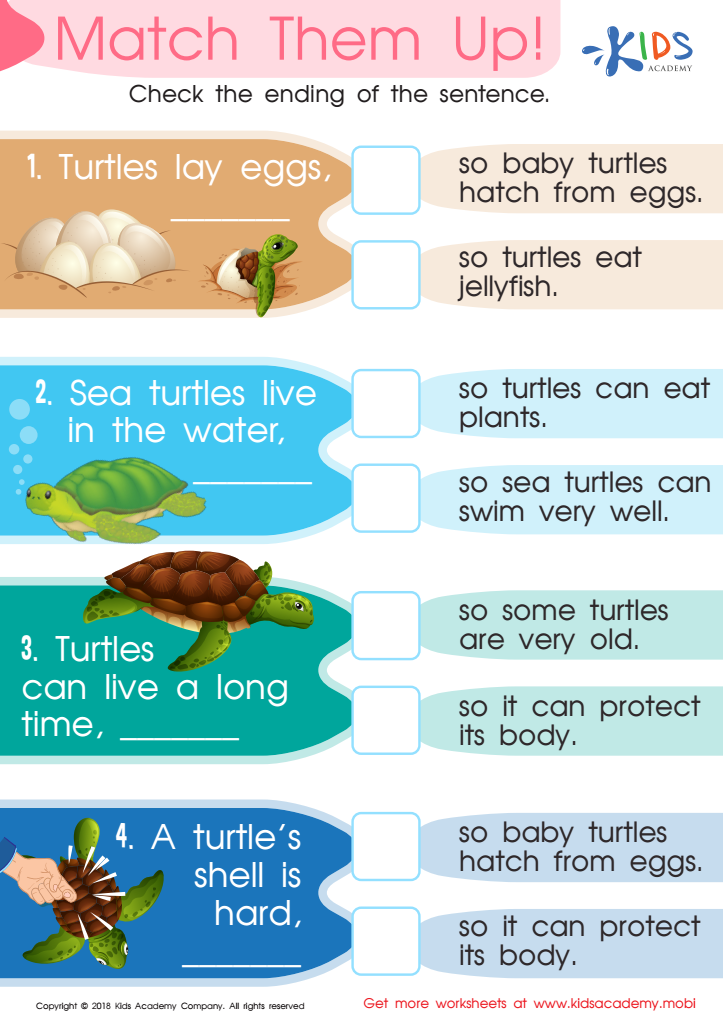

Match Them Up Worksheet
The Importance of Plant and Animal Worksheets for Grade 1 Science Education
Plant and animal worksheets are invaluable tools for teaching Grade 1 students about the life sciences. These worksheets provide an introduction to the systems, behaviors, and characteristics of plants and animals, the building blocks for advanced learning.
These worksheets create an opportunity for children to practice recognizing and naming plants and animals, as well as explore their characteristics and behaviors. Using simple illustrations and labeling tasks, children can identify basic differences between plants and animals, learn the names of common species, differentiate between different types of plants and animals, and study the anatomy of mammals, reptiles, amphibians, birds and fish. Grade 1 students can also learn about animal ecology and individual and species adaptations, as well as develop an understanding of the roles plants and animals play in the environment and ecosystems.
Normal Difficulty Plant and Animal Worksheets provide an excellent starting point for Grade 1 students to develop foundational understanding of the life sciences. Because their design is simple, the worksheet can help children to recognize different characteristics and parts at a rudimentary level and develop the ability to differentiate between species. They provide an introduction to the life sciences without overwhelming students.
In addition to being informative and easy to use, Plant and Animal Worksheets are especially engaging for students. These worksheets help to create a sense of natural curiosity as they learn about plants and animals and develop an understanding of the life sciences. Children are naturally drawn to the illustrations and teaching materials, making the activities more interactive and accessible.
The organized structure of the worksheets also makes them engaging. Simple worksheets can help children understand the relationships between specific parts and characteristics of plants and animals, such as identifying different body parts, exploring sounds, and investigating behaviors. By providing structure and guidance, the worksheets make it easier for children to understand the systems, behavior and function of plants and animals.
Normal Difficulty Plant and Animal Worksheets are an invaluable resource for teaching Grade 1 students about plants and animals, helping them to create strong foundations in life science. The activities are engaging, informative, and easy to use, allowing children to foster natural curiosity and explore their environment in a simple, organized way. With these worksheets, Grade 1 children can begin to establish their understanding of life science and lay the groundwork for future learning.

 Assign to My Students
Assign to My Students
